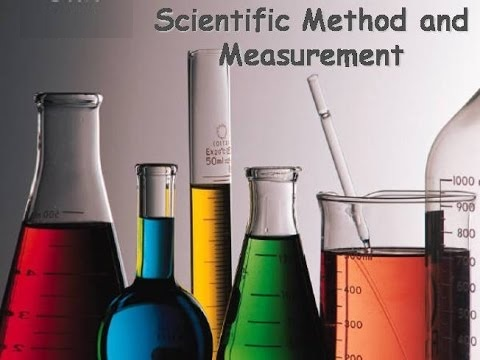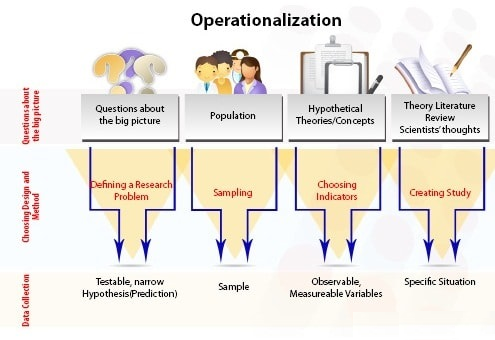Unit 2: Scientific Measurement
Unit 2: Scientific Measurement

Unit 2: Scientific Measurement

Unit 2: Scientific Measurement
In physics, chemistry, and engineering, for example, the type of measurement is well established, and the researcher instinctively knows the standard system.
For other disciplines, the measurement system must be evaluated carefully and methodically. The process is not about arbitrary units or scales but the actual type of measurement. It must consider the nature of the variables and the kind of data the research method generates.
Nominal Scientific Measurements
Nominal scientific measurements are numbers arbitrarily assigned to variables, allowing easier manipulation of sets.
For example, a researcher with 6 sample groups might prefer to refer to them as numbers. This will make the discussion of the methods and results less difficult.
For example,
'In group 1, we found that…'
The numbering system merely provides a reference point, and no underlying relationship or structure is inferred. 'Group One' is no better than 'Group Six,' for example, and the assigned numbers are only convenient labels.
Letters of the alphabet could be used, which would make no difference to the experiment.
Ordinal Scientific Measurements
The ordinal system of scientific measurements uses a scale of numbering that has some meaning and is statistically analyzable.
For example, a researcher designing a questionnaire might use the Likert scale of response to questions, from '1 - strongly disagree' to '5 - strongly agree.' This does allow some numerical evaluation of the results, but it is not an accurate scale.
For example, you could not use 4⅜, or subdivide the scale. The Moh's hardness scale, the logarithmic Richter scale, and the Beaufort Wind Scale are examples of ordinal measurements.
The ordinal scale is merely an arbitrary assignation of numbers, allowing researchers to operationalize the experiment.
The distance between 1 and 2 is not the same as between 2 and 3, so this scientific measurement system is convenient for quantifying non-numerical data. While a helpful tool, experiments using ordinal scales will always undergo vigorous scrutiny.
 Interval Scientific Measurements
Interval Scientific Measurements
Interval scientific measurements are probably the most familiar type of scientific measurement, using a scale assigned to a phenomenon with an arbitrary zero point.
Celsius and Fahrenheit are examples of interval measurement, with an arbitrarily determined value for zero. The difference between 20 and 50 degrees Centigrade is the same as between 50 and 80 degrees.
An interval scale is also divisible. You can use thousandths or millionths of a degree with no problem, and statisticians can manipulate the numbers to find averages or medians.
The only limitation is ratios, as 100 degrees centigrade is not necessarily twice as hot as fifty degrees because the scale allows negative measurement.
For example, what temperature is twice as hot as -10 degrees Centigrade? However, there may be an overlap between interval and ratio measurements; ratio measurements are always interval measurements.
Ratio Scientific Measurements
Ratio scientific measurements do possess a relationship of scale. With weight, for example, 100 kilograms is twice as heavy as fifty kilograms. Sixty seconds is three times longer than 20 seconds.
The Kelvin temperature scale is a ratio measurement because absolute zero is not arbitrarily assigned, so you can say that 40 degrees Kelvin is twice as hot as 20 degrees Kelvin.
Ratio scientific measurements do not have negative values; for example, you cannot have negative mass or length. Having a length of less than zero or fewer than zero seconds is impossible.
Operationalization
Wherever possible, the operationalization stage of an experiment should always try to use intervals or ratios because they are less arbitrary and less open to criticism.
They enable other researchers to quickly test results and replicate the experiment, focusing on the findings rather than questioning how and why specific units were used.
This is not always possible, with many research methods requiring arbitrary designation. This could be a subjective unit for measuring aggression or the perceived activity level of an organism.
Vocabulary
Lesson Reading

